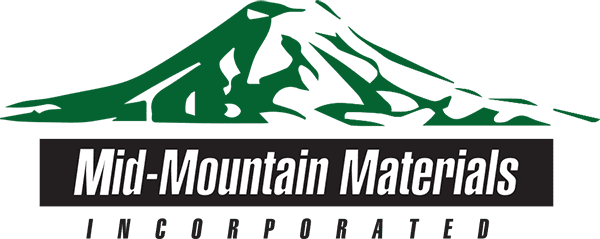Welded storage and process tanks are abundant in virtually every walk of modern life. Domestically, they are used in central heating systems to provide heat and hot water to our homes. Commercial storage tanks are used to house a limitless range of raw materials and feedstocks, from grain to hydrocarbons. While industrial tanks are used for virtually limitless applications; among the most extreme of which is cryogenic storage. This plethora of potential applications has given rise to a correspondingly diverse range of insulation products, as it is usually important to preserve the thermal conditions within a tank for optimal processing/storage parameters. Industrial textiles are widely used for tank insulation, performing a crucial role in process optimization and efficiency.
In this blog post, Mid-Mountain explores when to use industrial textiles for tank insulation and which materials work best.
Industrial Textiles for Boiler Insulation
Tank insulation is a simple and effective method of improving process efficiency and maintaining optimal temperatures for stored media. Domestic boilers that are warm to the touch are allowing process heat to escape from the water tank, and to radiate outwards through the boiler walls. This can contribute to significant standby heat losses and excessive water heating costs. Estimates from the U.S. Energy Department suggest that effectively insulating dated domestic boilers can reduce annual heat loss by as much as 45%, saving the average homeowner tens of dollars every year. These problems associated with poor tank insulation are magnified in the industrial space.

An ideal solution to standby heat loss is boiler blanketing with high-temperature industrial textiles like refractory-coated fiberglass or silica fabrics. These provide an extremely functional barrier with low thermal conductivities (k), which means they typically exceed the walls of the boiler tank itself in presenting an effective barrier to thermal radiation. Heat losses can be effectively reduced by almost half using a high-temperature jacket or blanket.
Insulating Silos and Cryogenic Storage Vessels
![]() Industrial textiles can also be used for the inverse reason; stopping external radiation from entering a cold storage or process environment. However, insulating industrial process and storage tanks with industrial textiles is a fairly niche concept. In fact, large-scale silos and cryogenic stores are unsuitable for industrial textile insulation. Their large geometries mean they are usually erected outdoors, where moisture ingress into industrial textiles could contribute to product failure and corrosion of the tank itself.
Industrial textiles can also be used for the inverse reason; stopping external radiation from entering a cold storage or process environment. However, insulating industrial process and storage tanks with industrial textiles is a fairly niche concept. In fact, large-scale silos and cryogenic stores are unsuitable for industrial textile insulation. Their large geometries mean they are usually erected outdoors, where moisture ingress into industrial textiles could contribute to product failure and corrosion of the tank itself.
Instead, outdoor storage structures still largely rely on the underlying materials used in the tank’s construction to regulate temperatures and preserve storage conditions. Owing to their sheer size and complex geometries, these components must be erected in the field where they are continuously exposed to elements that could affect their internal temperatures (thermal cycling, sunlight, etc.). Many bulk storage silos are fabricated from aluminum or are coated with a radiant barrier to reflect sunlight, while cryogenic vessels are hermetically sealed and pressurized to maintain internal sub-zero temperatures.
However, some manufacturers have begun to integrate industrial textiles into storage vessels like typical insulation; within the roofs and tank walls themselves. This significantly reduces the risk of moisture-induced corrosion from exterior cladding.
Industrial Textiles from Mid-Mountain Materials, Inc.
Mid-Mountain specializes in high-temperature materials and thermal for insulating components in practically any area of application, including tank insulation. We provide innovative solutions for industrial insulation systems using materials from all of our product families:
Explore the product links above to learn more about each of these industrial textiles, or if you have specific questions about your tank insulation application, contact a member of the Mid-Mountain team today.
References:

